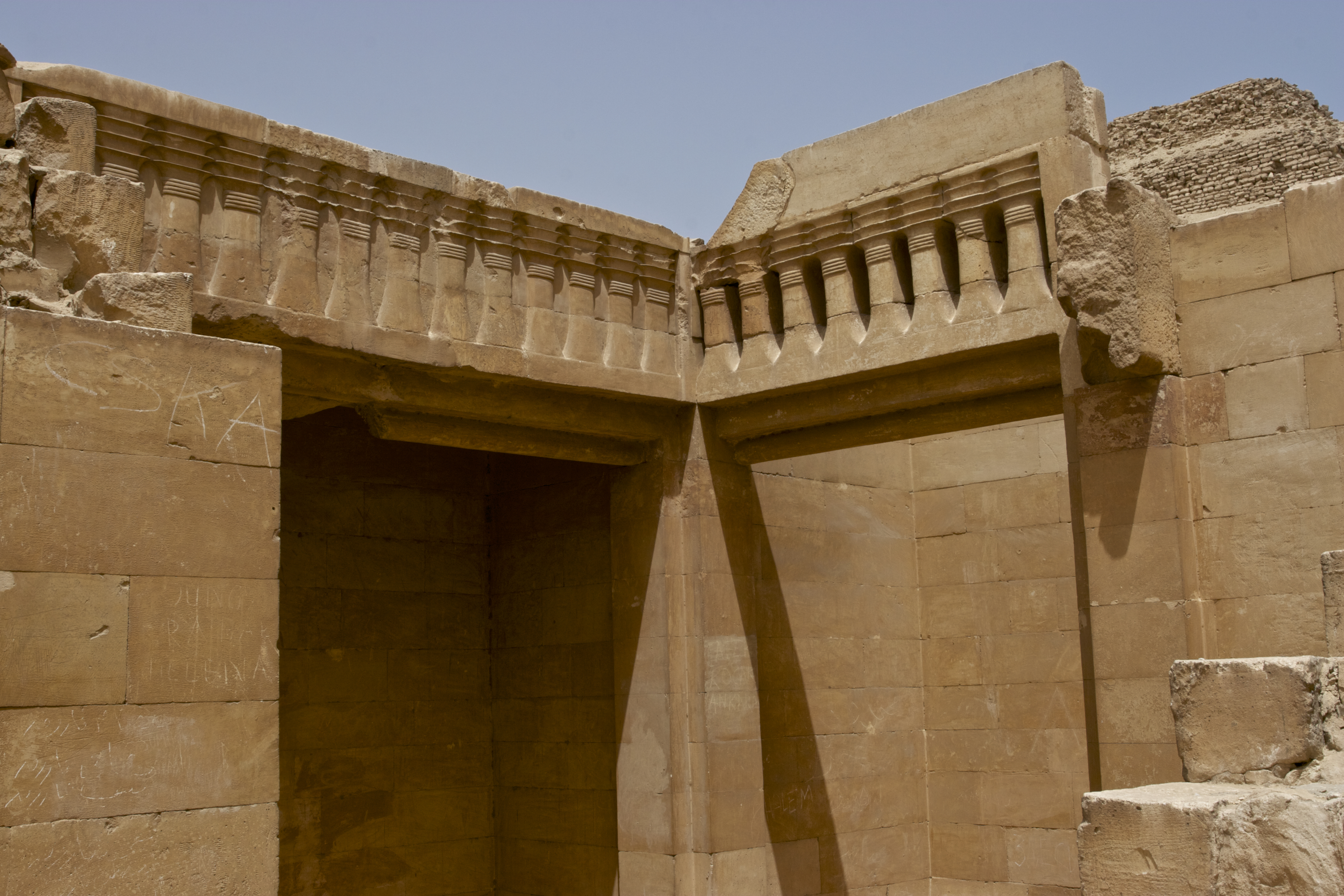Od Memfis do Teb

Ukryta symbolika w architekturze kompleksu grobowego Neczeriheta
W staroegipskich budowlach kultowych i grobowych pojawiało się wiele elementów dekoracyjnych w formie reliefów lub malowideł, które często niosły ze sobą niezwykle istotne znaczenie symboliczne. Celem tego typu przedstawień lub motywów było zapewnienie dobrobytu duszy zmarłego oraz wsparcie jej w codziennej wędrówce po Zaświatach. Jednym z tych motywów był filar dżed, będący przedstawieniem kręgosłupa Ozyrysa, władcy Krainy Umarłych, symbolizujący trwałość i nieskończoność. Udekorowanie architrawów pomieszczeń kultowych rzędami filarów dżed miało sprawiać, iż odprawiane w nich rytuały oraz składane ofiary będą „dostępne” dla duszy zmarłego na wieczność.
Hidden Symbolism in the Architecture of the Djoser Tomb Complex
In ancient Egyptian cult and tomb buildings there were many decorative elements in the form of reliefs or paintings, which often carried extremely important symbolic meaning. The purpose of these types of performances or themes was to ensure the well-being of the soul of the deceased and support it in their daily journey through the Underworld. One of these themes was the djed Pillar, representing the backbone of Osiris, ruler of the Land of the Dead, symbolizing permanence and infinity. Decorating the architraves of the cult rooms with rows of djed pillars was supposed to make the rituals and sacrifices performed in them “available” to the soul of the deceased for eternity.